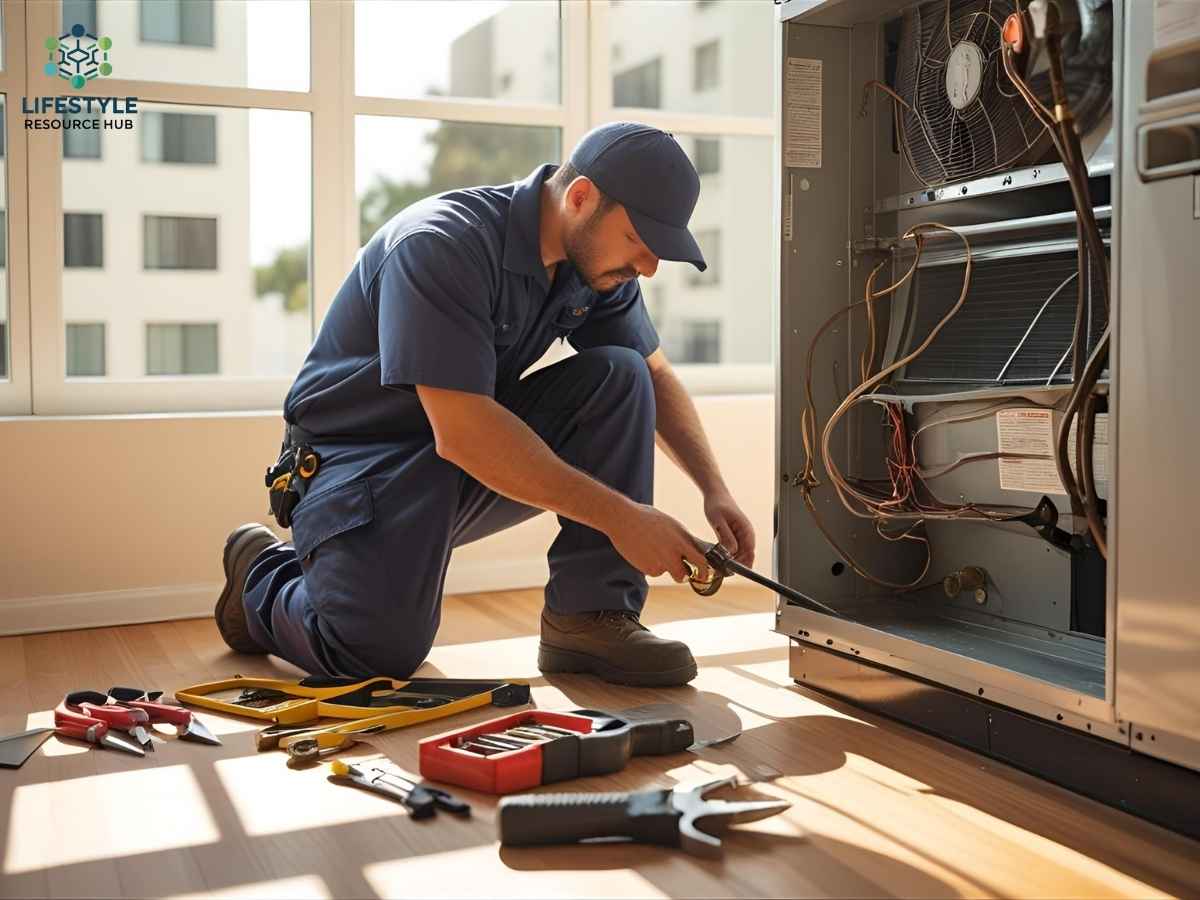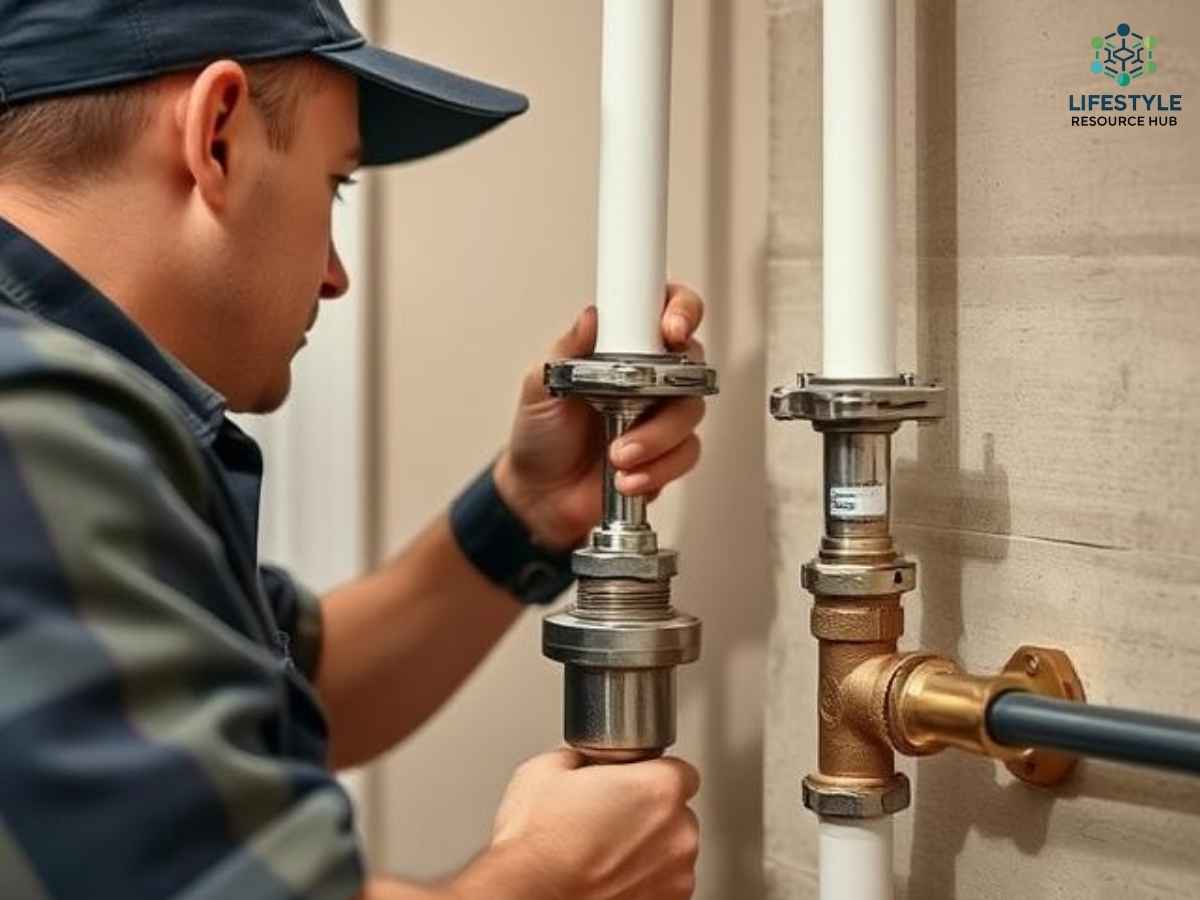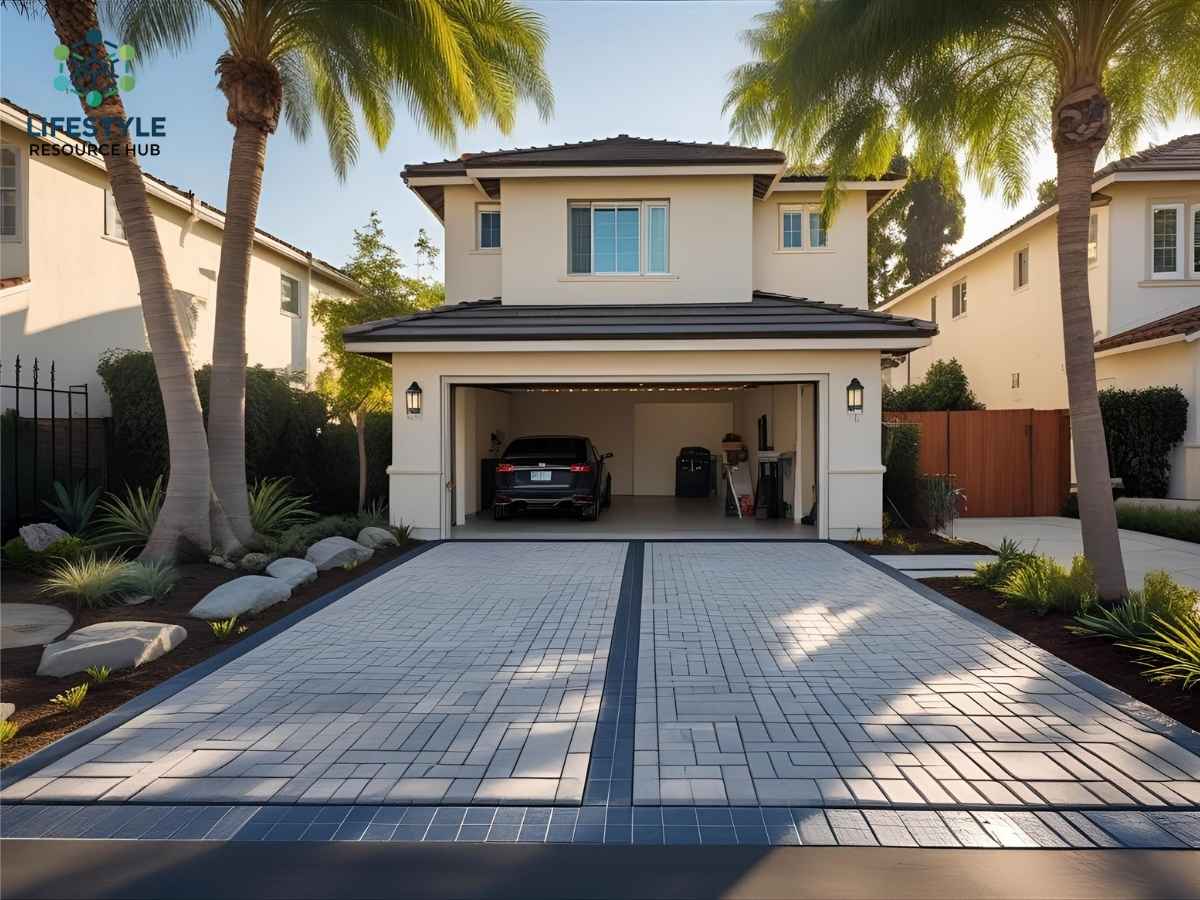According to the Los Angeles Almanac, annual average minimum temperatures in LA have ranged between 48°F and 60°F, but colder nights do occur, especially in South Land Park and nearby View Park-Windsor Hills. The city’s Department of Water and Power (LADWP) has even published winter storm readiness tips for homeowners, reminding everyone that climate extremes are now “the new normal.”
While snow is still rare, hailstorms and freezing rain are happening more often, particularly during powerful winter storms. As a result, home insurance claims for roof and eave damage are steadily rising in LA County. Installing snow guards offers affordable, preventive protection—reducing the risk of injury and costly property repair. In a nutshell: investing in roof snow-guards is modern LA climate adaptation.
Table of Contents
How Roof Snow-Guards Work: LA-Optimized Solutions
Snow-guards are devices installed on sloped roofs to hold back snow and ice, allowing them to melt gradually instead of sliding off in dangerous sheets. For South Land Park’s climate, savvy installers recommend low-profile, corrosion-resistant snow-guards that blend with Spanish clay tile, asphalt shingle, or solar panel-equipped roofs common in LA.
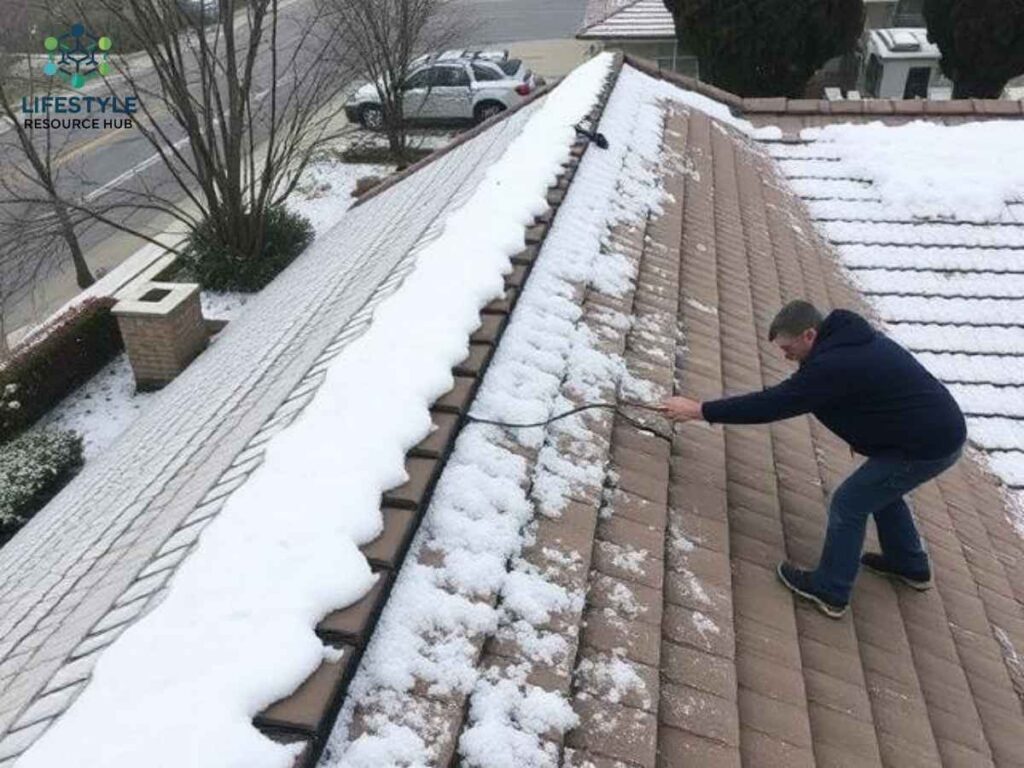
Key local benefits:
- Installed between the eaves and peak to intercept ice before it hits the gutter.
- Strong, lightweight materials (aluminum, polycarbonate) that withstand LA’s sun and rare frosts.
- Integrated with existing roofing—no bulky, out-of-place metal bars.
Homeowners in ZIP codes 90056, 90008, and 90043 often ask: Will snow-guards damage my roof or void my warranty? Not when installed by local experts who work with LA-specific roofing materials and know how building codes differ from those in snow-belt regions.
South Land Park’s Real-Life Roof Snow-Guard Solutions
Let’s explore true stories from South Land Park and nearby LA neighborhoods, showing how snow-guard installation can make all the difference. While each home is unique, these local anecdotes reflect the community’s proactive spirit and climate awareness.
Case Study 1: Mid-City Marvel, ZIP 90016
A family near the border of South Land Park and Mid-City owns a beloved 1920s Spanish Colonial with a steep red-tile roof. After a 2023 hailstorm left small icicles dangling over their front patio, they decided enough was enough.
They reached out to a local roofing company recommended by a South Land Park Facebook group. The team installed unobtrusive polycarbonate snow-guards that matched their tile color. Now, whenever hail or ice build up, the new system holds it safely in place. No more icy surprises at the front door—just peace of mind and improved curb appeal.
“It felt odd to install ‘snow’ equipment in LA, but after last winter’s chaos, it was the smartest investment we made for our home.”
Case Study 2: Baldwin Hills Tech Retreat
A Baldwin Hills couple with a modern solar-equipped home noticed water leaking from their eaves after an early 2024 cold front. Investigation revealed small ice dams forming where the panels met the roof, pooling water and threatening their ceiling. Their installer used a hybrid approach—adding custom snow-guards near the panels and incorporating heated roof cables for extra protection.
Now, their energy-efficient home is reinforced against freak weather—all without affecting their solar investment or DWP rebates, thanks to strategic placement and expert installation.
Case Study 3: View Park Vintage Gem
A retired teacher in View Park called her insurance agent after several roof shingles slid off during a storm. She discovered her old roof’s pitch was the culprit—the steep angle let hail and ice cascade like a river, endangering her beloved succulents. After installing discrete snow-guards, her roof has survived storm after storm, with meltwater trickling safely away.
“My neighbors couldn’t tell I added anything new, but my garden and walkways survived this time!”
Top 3 South Land Park Roof Snow-Guard Installers in Los Angeles
Finding the right professional makes all the difference. These three LA-based service providers regularly serve South Land Park, blending quality workmanship with local climate expertise:
1. Pacific Roof Systems
Local favorite for South Land Park, Pacific Roof Systems specializes in both residential and commercial installations across Los Angeles County. Their technicians are known for quick turnarounds, LA-specific product recommendations, and strong warranties.
- Website: pacificroofsystems.com
- Notable: Extensive South Land Park project gallery; member of the Los Angeles Roofing Association.
2. LA Cool Roofing Pros
Focusing on energy-efficient and weather-adaptive roofing, LA Cool Roofing Pros are adept at integrating snow-guards with modern solar arrays and restored tile roofs.
- Website: lacoolroofingpros.com
- Notable: LADWP Rebate Partner, specializes in mid-century and eco-conscious LA homes.
3. Hernandez Roof Innovations
Family-owned with a reputation for meticulous craftsmanship. Hernandez Roof Innovations serves South Land Park and surrounding areas with custom snow-guard solutions—perfect for homes with unique rooflines or historic styles.
- Website: hernandezroofinnovations.com
- Notable: Offers free roof safety inspections; bilingual crew; solid Yelp reviews.
Local Tools and Resources for Roof Safety
Taking the next step? Los Angeles provides robust resources for South Land Park homeowners planning roof work:
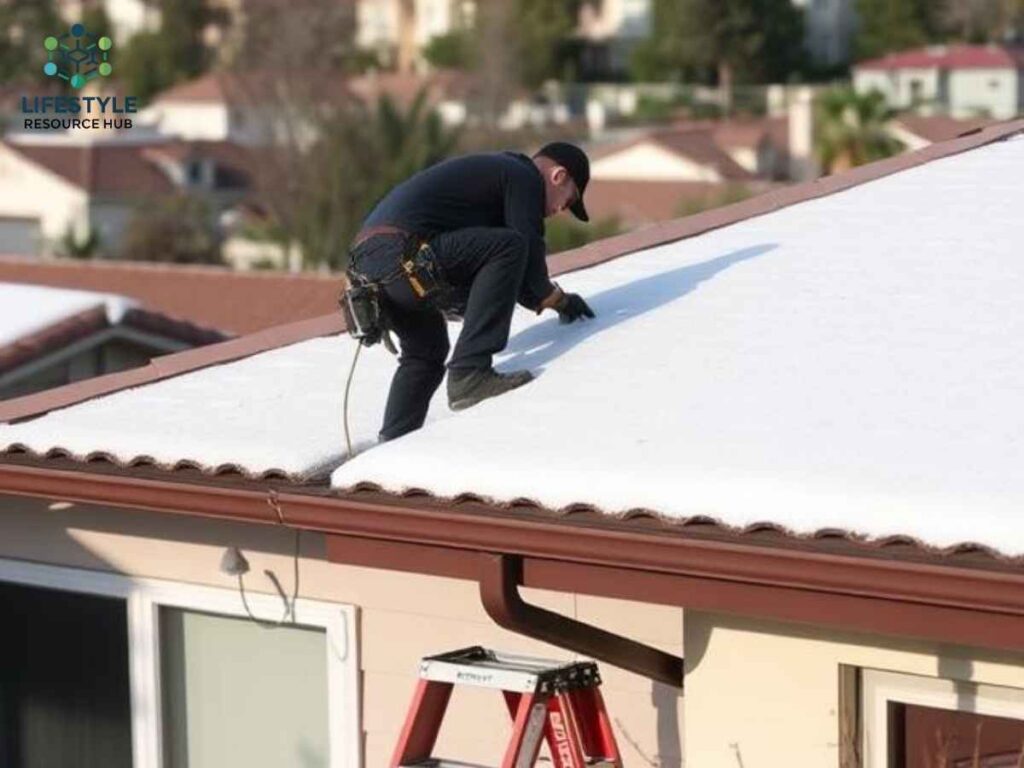
- LA Department of Building and Safety (LADBS) – LADBS Roofing Permits
Get neighborhood-specific permit details and inspection requirements before any roof modification. - Los Angeles Department of Water and Power (LADWP) – Weatherproofing Rebates
Apply for energy-efficiency rebates, guidance on solar panel roof integration, and winter weather prep tips. - Western States Roofing Contractors Association – LA Chapter
Connect with certified professionals and explore best practices tailored to the LA climate.
If you’re a member of a local neighborhood association (South Land Park Community, Baldwin Hills Estates HOA, Crenshaw Manor Block Club), join their next meeting or browse their websites for homeowner recommendations on trusted local installers.
People Also Ask: In-Line Answers About Roof Snow-Guards in Los Angeles
Do snow-guards really work in Los Angeles?
Absolutely. While heavy snowfall is rare, roof snow-guards effectively manage hail and ice accumulations from sudden storms, especially in neighborhoods with elevated terrain or exposed roofs.
How do I maintain snow-guards on my LA home?
Routine roof inspections (especially after storms) and gentle cleaning keep snow-guards in prime condition. Most LA providers offer annual maintenance plans that synchronize with your regular gutter or solar panel cleaning schedule.
Are there special roof snow-guards for solar panel homes?
Yes! LA’s top installers offer low-profile snow-guard systems that integrate seamlessly with solar panels, ensuring you don’t lose out on energy credits or warranties.
Frequently Asked Questions – South Land Park Roof Snow-Guard Installation
Will installing roof snow-guards affect my home’s appearance?
Most modern snow-guards are designed to be nearly invisible from the street, and installers match materials to your existing roof, preserving South Land Park’s classic curb appeal.
Does Los Angeles require a permit for roof snow-guard installation?
Usually, small modifications like snow-guards do not require permits, but it’s wise to check with LADBS to ensure compliance, especially for historic or HOA-regulated homes.
What is the typical cost for roof snow-guard installation in South Land Park?
Depending on roof type and project size, most homeowners spend between $850 and $2,250, including materials and labor. Prices may be higher for high-pitch or historic homes.
Can snow-guards help with non-snow events, like hail or heavy rain?
Definitely. They help manage hail accumulation, slow ice melt, and reduce the risk of sudden debris or slush sliding off, which can damage landscaping or walkways.
How soon should I schedule installation before LA’s winter storms?
Book your installation by early fall—local installers can be fully booked by late October, especially after a big storm or as El Niño warnings appear on weather reports.
